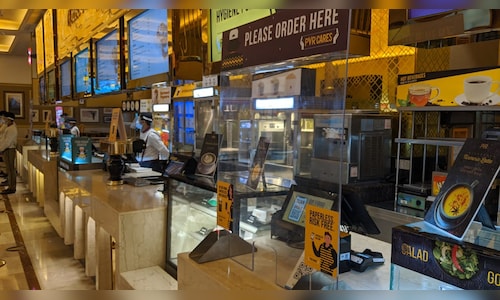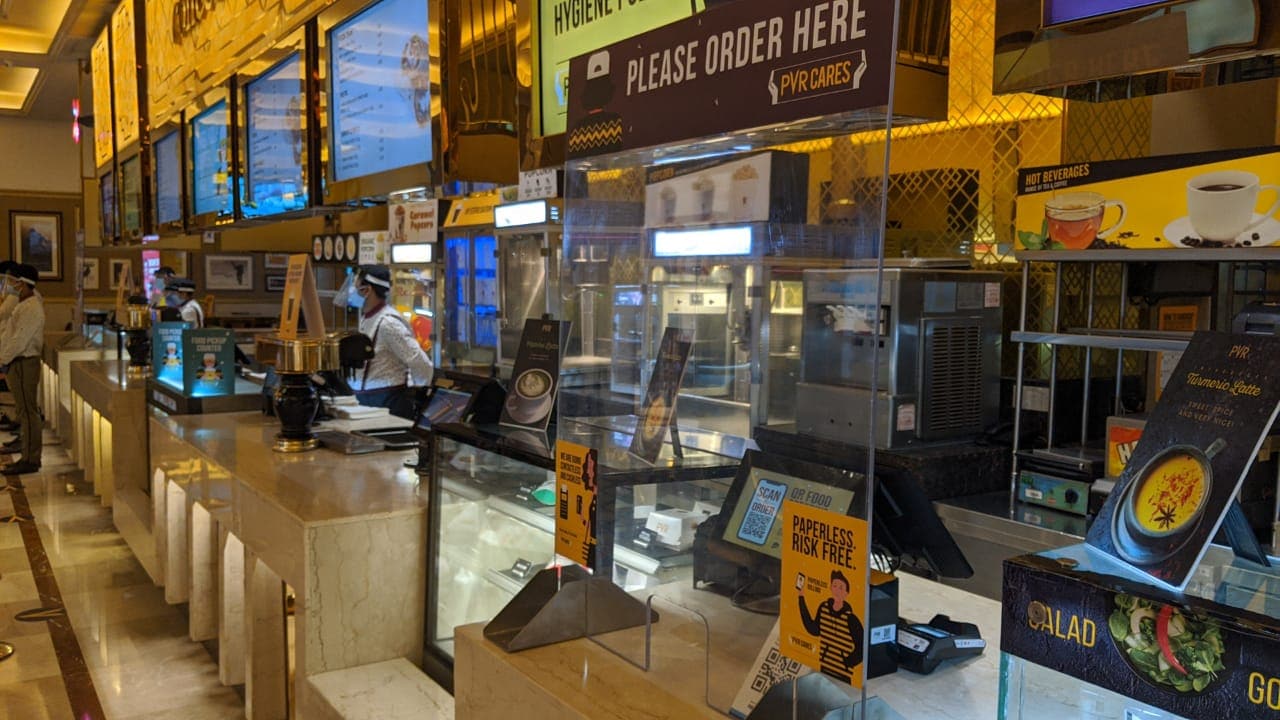

Real Estate as a Catalyst for Change
Real estate is not just an economic by-product – it’s an engine of growth, driving innovation hubs, shaping business cycles, and influencing regional economies. As urban centres become more complex and interconnected, the focus has shifted to creating spaces that prioritise liveability, sustainability, and inclusivity. These spaces aim to elevate the human experience while addressing pressing environmental and social challenges.
The Role of Smart Cities
India’s Smart Cities Mission exemplifies this vision by fostering urban environments that balance economic growth with quality of life. Cities such as Pune and Bhubaneswar have emerged as success stories, leveraging upgraded infrastructure and strategic connectivity to attract investment and improve living standards. These advancements have driven real estate demand, with property values rising alongside employment opportunities and urban migration.
Retail Spaces as Community Anchors
Within this evolving landscape, retail spaces are transforming from mere transaction hubs into community anchors. Today’s consumers demand more than products. Consumers seek personalised, immersive experiences. A study by AdAge reveals that 60% of Indian consumers now expect seamless integration between online and offline shopping, a trend that is reshaping the retail environment.
Several companies have embraced this change by blending physical and digital technologies such as augmented reality (AR) and virtual reality (VR) to create engaging shopping experiences. According to Social Media Examiner, these innovations have boosted customer engagement by 30%. Personalisation, powered by data analytics, further enhances this shift. Retail brands using data-driven marketing strategies report a 25% increase in customer engagement, as per the Search Engine Journal.
Modern retail spaces aim to provide value that extends beyond transactions. They integrate sustainable practices, immersive technologies, and tailored customer experiences to foster a sense of community. These spaces serve as hubs where individuals can interact, connect, and experience a blend of convenience and cultural engagement.
The Future of Urban Retail
Collaboration is necessary to thrive in the evolving real estate landscape. Partnerships between retailers and real estate owners enable the effective use of advanced technologies and analytical tools to monitor consumer behaviour and adapt to shifting preferences. They can create integrated shopping experiences that merge the physical and digital worlds. As consumer spending begins to rebound, this synergy becomes a critical factor in driving operational efficiency and market relevance.
The retail spaces within India’s Smart Cities Mission exemplify this shift. These spaces are designed to go beyond transactional purposes, functioning instead as anchors of community interaction and economic activity. When retail environments are aligned with principles of liveability and sustainability, they enhance the urban experience, offering not just goods but also connectivity and shared purpose.
The future of urban retail lies at the intersection of technology, community, and design. As smart city initiatives progress, these developments demonstrate how real estate can transition from a static asset into a dynamic enabler of innovation and social cohesion. By promoting collaboration and focusing on shared goals, retailers and real estate owners can unlock new pathways for growth while contributing to the long-term resilience and vitality of urban centres.
—The author, Mohit Goel, is Managing Director, Omaxe Ltd, one of India’s leading real estate developers. The views are personal.



